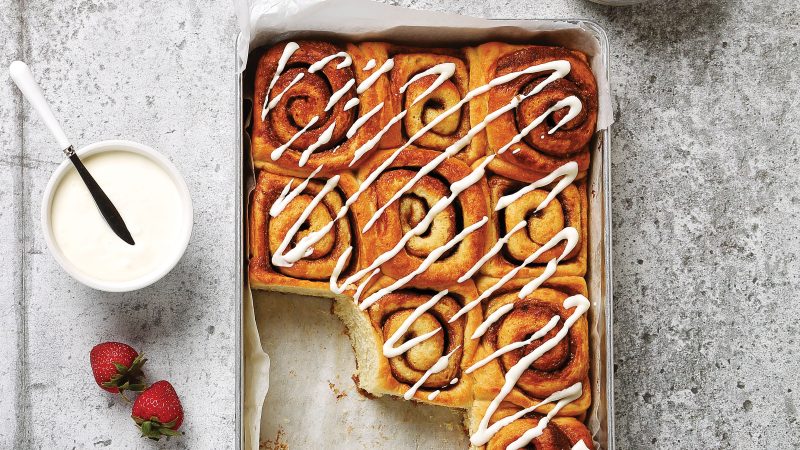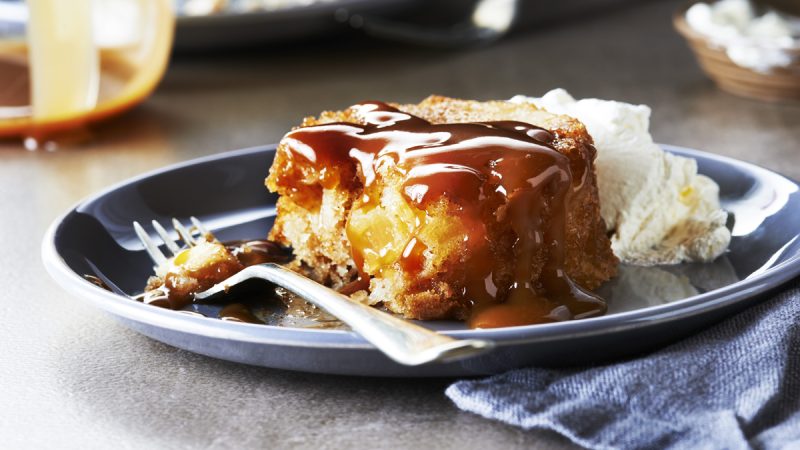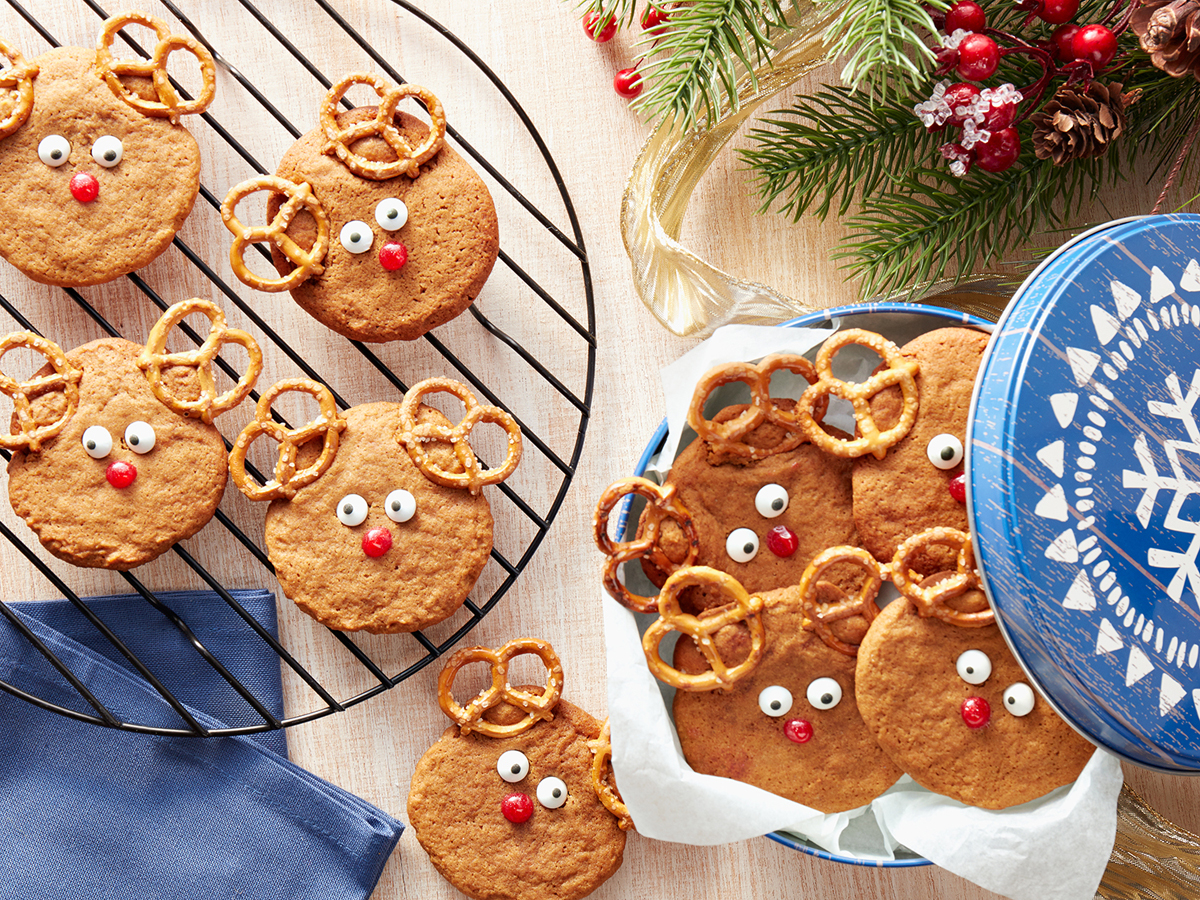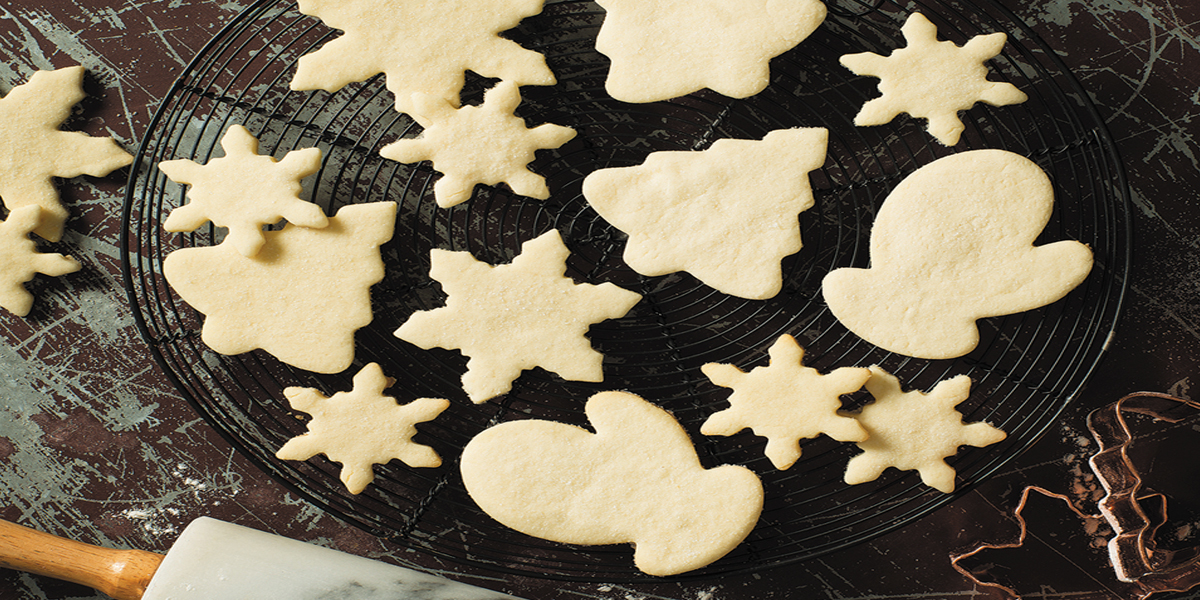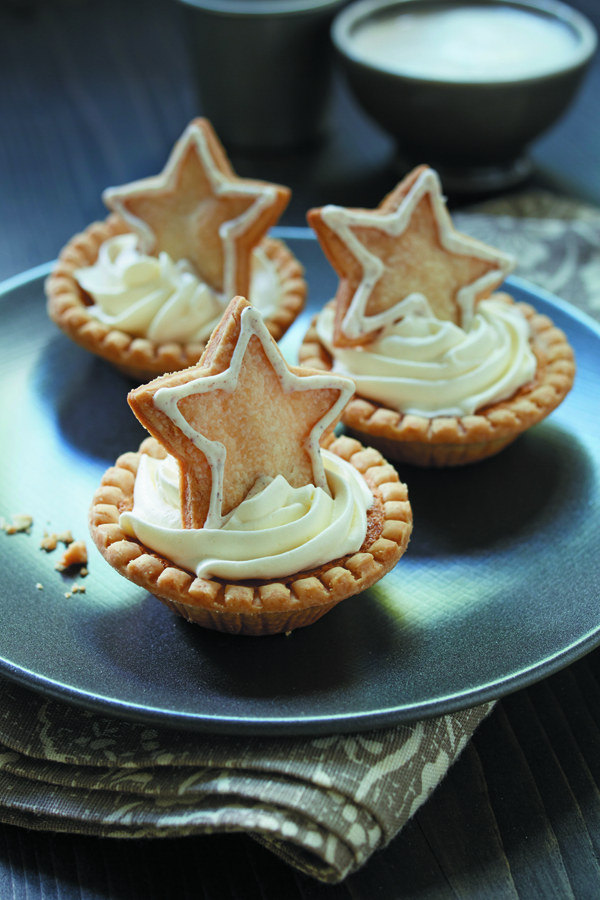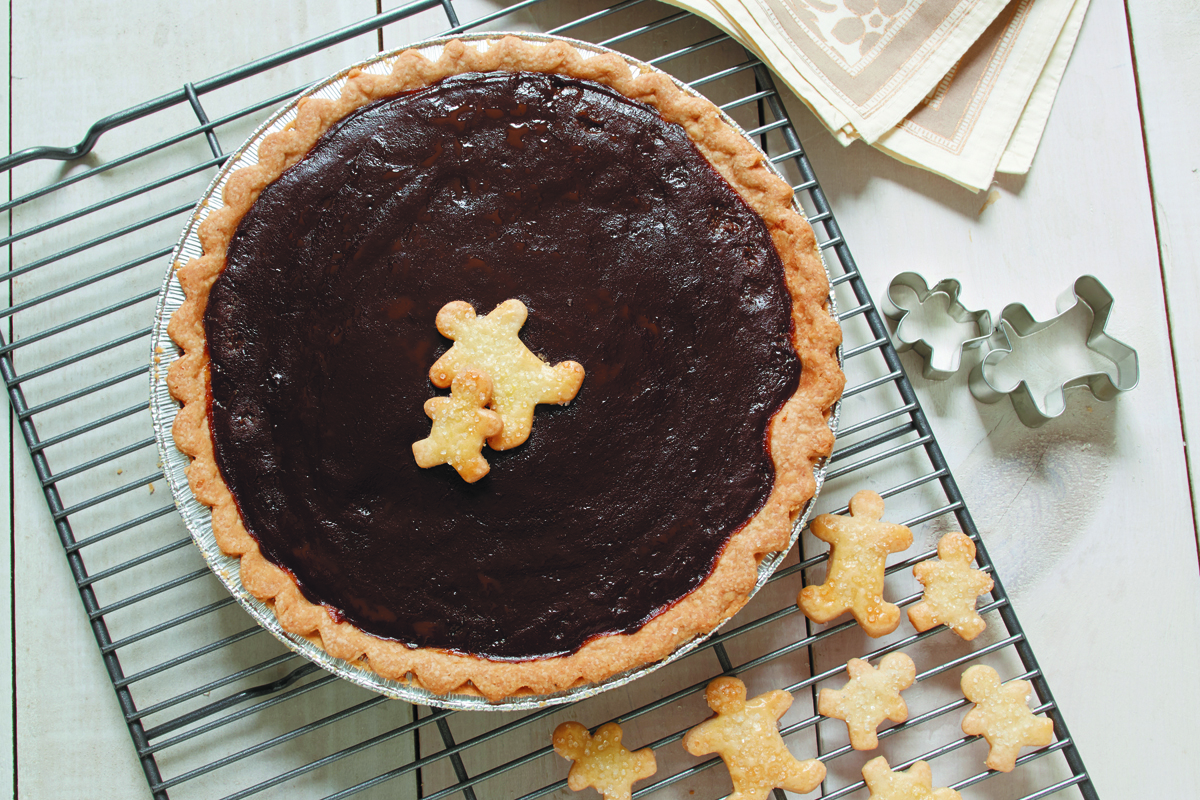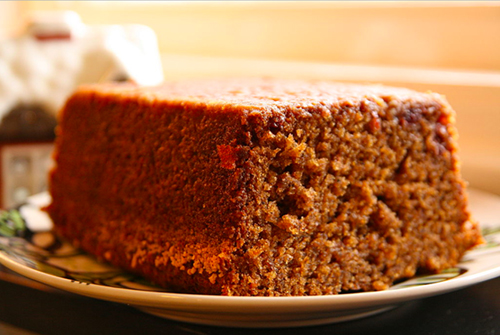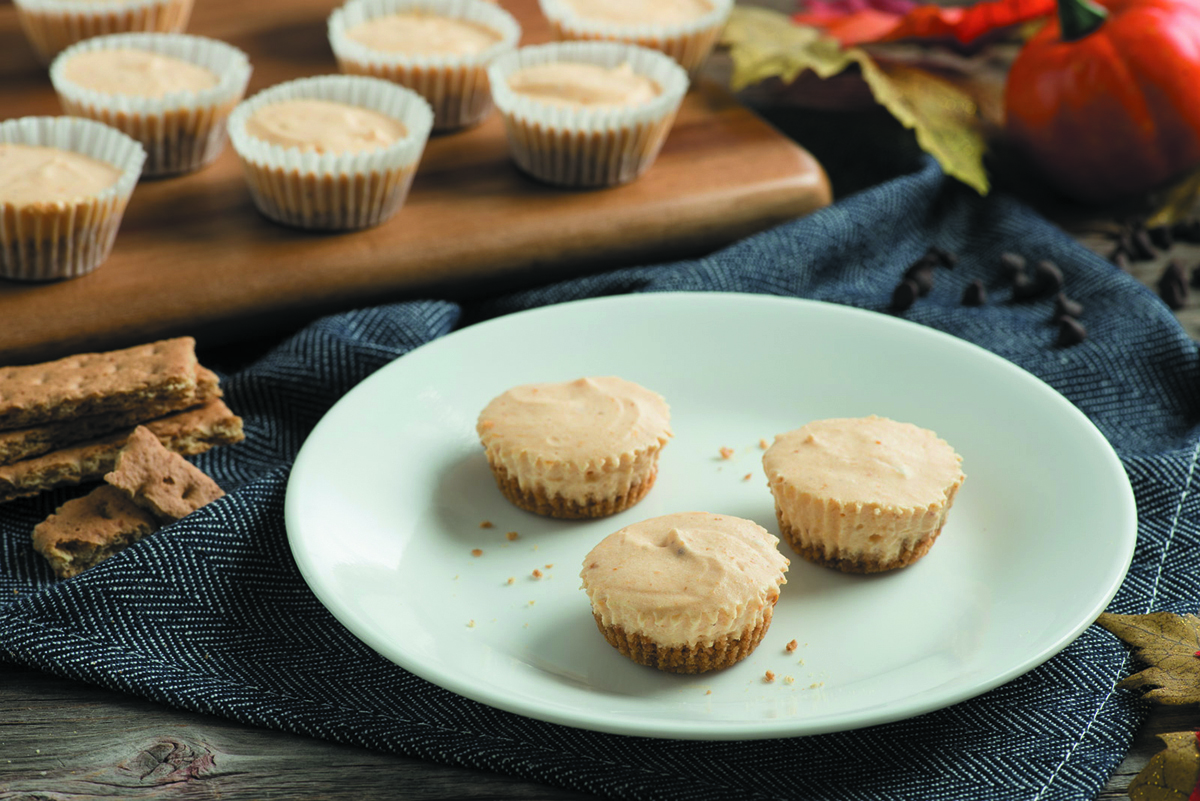Hints and Techniques to Help you Make the Perfect Bread
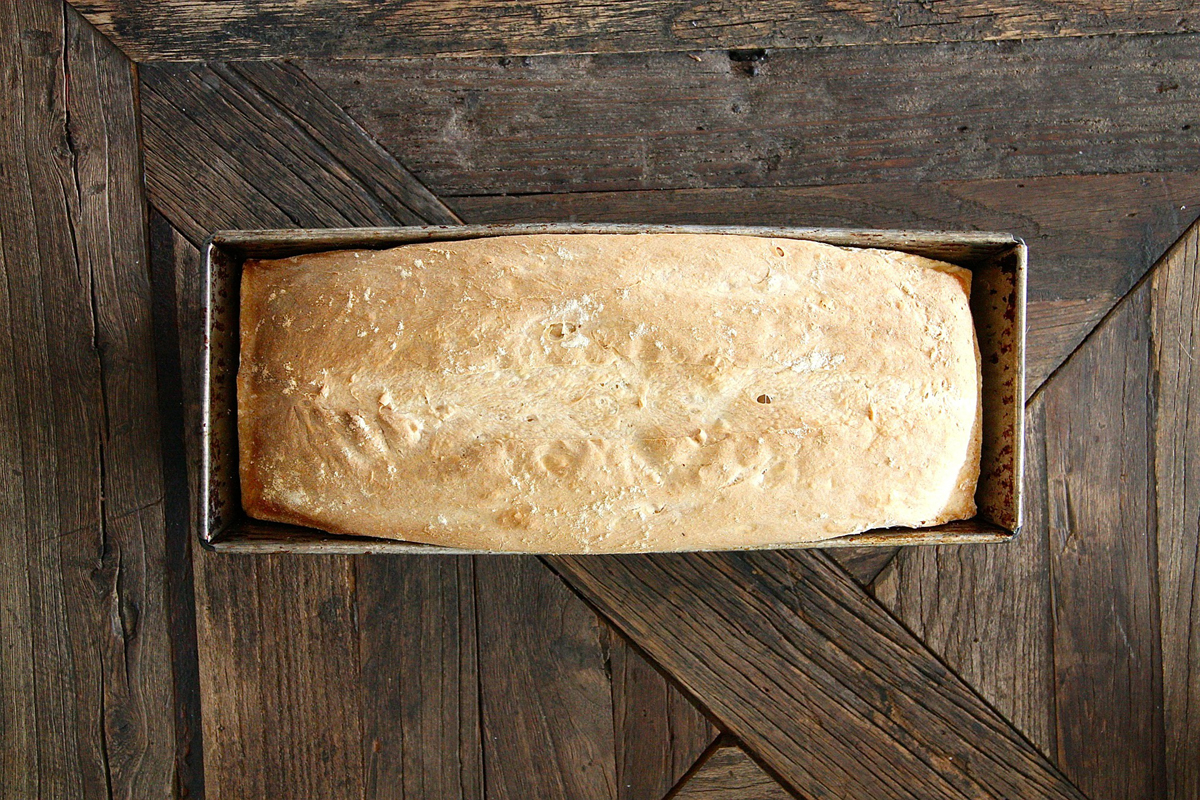
Hints and Techniques
- Bread making is easiest (other than a bread maker) when using an electric mixer with a dough hook. (We think Bosch is the best on the market) You can also make bread by hand. It is labor intensive, kneading time taking 20mins, and the bread coming out a little heavier, due to the extra flour you must put in to make the dough so it does not stick to the fingers; but with all that said, it is still wholesome and delicious.
- When using a mixer the bread should have enough flour that the dough begins to follow the dough hook around the bowl after about six minutes of kneading. The dough will literally pull away from the sides. You can further test it by pinching the dough. It should not stick to your fingers. If it still does add just a little bit more flour, knead and test again. After awhile you will be able to tell by feel when the dough is ready. Don’t think just because you have a mixer with a dough hook you can turn out perfect bread the first time. With everything it takes practice.
- If the bread cracks on the sides, you can be pretty sure that you used too much flour.
- Try placing a pan of water in the bottom of the oven when you bake bread and also when you allow your bread to rise in the oven. It creates the moisture needed to keep the bread from splitting on the sides.
- Whole wheat flour can be replaced, at least in part, with other types of flour. Rye, corn millet, barley, and rice may all be used. You can replace up to a third of the whole wheat flour content. However, rice has a tendency to make the loaf denser and heavier if the content of rice flour is too high. Wheat germ and bran may also be added to your whole wheat bread recipes. These will also make the bread denser if too much is used. Don’t add more than two kinds of different flours to one recipe.
- The sweetening agent in bread, such as: molasses, honey, raw sugar, or white sugar is totally interchangeable. Nutritionally they may not all be the same, but the bread doesn’t care. Make your own choice as to the sweetener if you don’t see the one you use. It just cannot be an artificial sweetener. The yeast needs the sweetener to feed on so it can grow and expand.
- If you use hot water in your recipe be sure to add all the ingredients before you add the water so the other ingredients can cool down the water. You do not want to kill your yeast.
- Form loaves to resemble an oval shape. Cut or squeeze off a hunk of dough and fold it under all the way around pulling it across the top to make it smooth ending with tucking under the ends. Pinch the bottom together so the loaf does not split when it is sliced.
- After the loaf is formed drop it in the pan folded side down and with oiled hands run your hands over the tops of the dough. This will keep your bread from cracking while it bakes.
10. Always use a serrated edge to slice bread, hot or cold.
11. Cut cinnamon rolls with a thread instead of a knife. Just wrap the thread around the roll or dough and pull it through by tying a knot.
12. When a recipe calls for milk, always use powdered milk. If you use regular milk you will have to heat it to scalding and then cool it back down to warm.
13. You can add the dry yeast without dissolving it in warm water first. It works just as well. However, if you are not sure if your yeast is good, test it in the warm water first. If it foams up it is good, if not get new yeast. Nothing worse than going to all that trouble to make bread only to pull a brick out of the oven instead a lovely loaf of bread.
14. When grinding flour for breads, grind between the medium and the fine marks on the grain mills or wheat grinders.
15. When a recipe calls for oil and honey, put the oil in the measuring cup first. When you add the honey second it just slips out of the container easily.
16. One cup of whole kernels yields more than one cup of flour so be sure to measure your flour before adding it to the recipe. Remember your recipe may need more or less than what it says in the recipe. It depends on how much protein your flour has. The more protein the less flour you will need and vise versa.
17. Eggs and powdered milk added to bread allows the bread to rise higher and gives it a finer texture. The down side is it will also cause your bread to mold quicker than if just water were used. So if you do not intend to use it within three to four days, freeze it.
18. When using whole wheat, roll the dough out on an oiled surface rather than a floured surface. Floured surfaces have a tendency to retard the rising process.
Bread Rising Hints
- After the loaves to rise outside of the oven in a warm place covered with a damp towel until it doubles in size.
- Preheat oven to 250 degrees. When oven is preheated place the loves in the oven covered with a damp cloth, which should take about 20-25 mins. or until double in size.
- You may use a heating pad to raise your bread. Cover the heating pad with a kitchen towel. Place loaves on towel and then cover loaves with damp towel. The pad should be turned on medium for this. This is quicker than an oven and should take no more than 10-15 mins.
Bread Baking Hints
- Place raised loaves in 350 degree oven and bake for 45 mins. or the time designated in the recipe.
- Bake loaves in a 450 degree oven for 10 mins. then lover the temperature to 350 degrees to finish baking the bread, which should be about 30 mins. This gives the bread a nice crisp crust.
- Bake the bread for 30 mins. at 400 degrees. This makes for a very moist loaf.
Tip: The shortening for whole wheat may include beef drippings, chicken or turkey fat, oil, or bacon drippings. We do not recommend soy in any way, but it is your kitchen and your family and you have the right to make that decision. Shortening, vegetable oil, and margarine are all soy oil. The shortening and margarine are just soy oil that has been bombarded with hydrogen gas to change their molecular structure.
Little Known Fact: Shortening was first invented by the government to help fatten Turkeys. It killed the turkeys so with millions invested they had to think of another way to use it. They decided to salt it, color it and sell it as a butter substitute. Later they came out with shortening as a Lard substitute. Then they started on a campaign to convince everyone that Lard and butter were bad for you. Margarine and shortening are not food. If you can leave something out and it will not go bad and the bugs don’t want it, than neither should you.
The Author:
Gini Johnson has 42 years experience with grinding flour and making homemade bread.
Photo. Nina Myrheim

